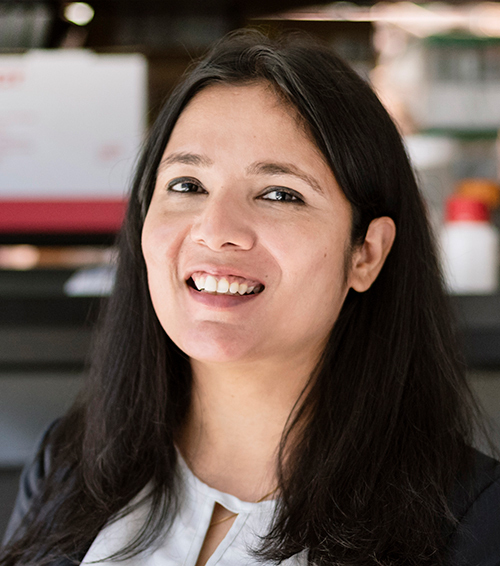
Sonali Chaturvedi’s lab investigates the viral gene circuitry that dictates latency and virulence in herpesviruses—leading causes of transplant rejection, birth defects, and blindness—with the goal of developing resistance-proof therapeutics. In addition, her group is pursuing novel therapeutic approaches for SARS-CoV-2, the virus that causes COVID-19, and other emerging viruses.

